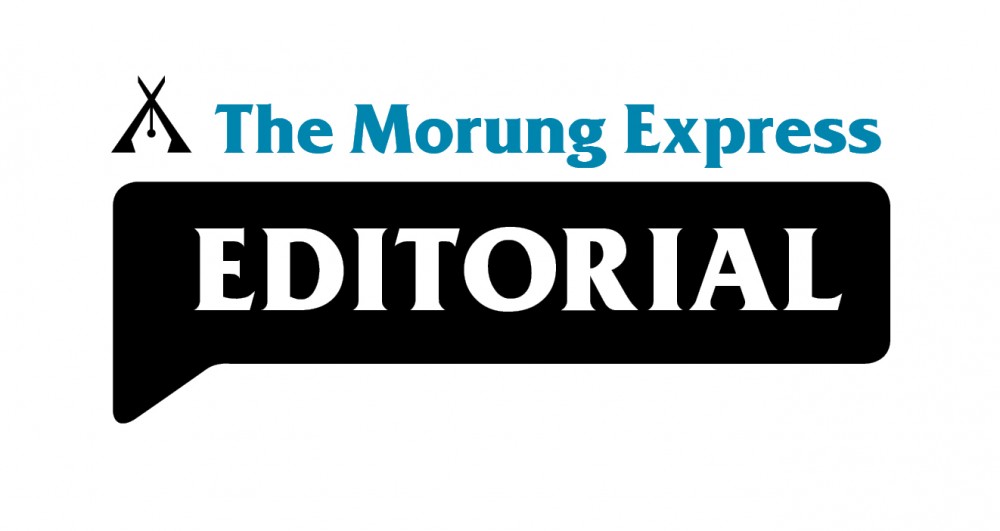
Moa Jamir
In Nagaland, ‘things’ usually occur once festive seasons are over. From late December to March is the period when issues affecting the socio-political landscape often (re)surface. The end of the festive season and a lull period before the next cycle of farming season, not necessarily in that order, or perhaps a combination of both, could be a contributing factor. Incidentally, December-January is the period when numerous social organisations, churches and students’ organisations hold their various annual events, regularly featuring change of guards, re-affirmation or adoption of new resolutions, among others.
At the governmental level, the first quarter of the year is the period when the government machinery is ‘busiest’ as they scamper to bring their houses in order before the end of the financial year on March 31, while the annual budget is usually presented during the period. Politically, apart from the crucial budget session, Assembly and other elections in Nagaland are usually held during the first quarter, affirming its criticality.
However, the year 2022 is turning out to be a departure from the past, perhaps ignited by the major political development on April 29 when 21 legislators of the Naga People’s Front (NPF) switched sides to Nationalist Democratic Progressive Party (NDPP), a move described by both as a ‘merger’ while the parent the NPF party termed it a ‘defection.’ The NDPP Spokesperson, Merentoshi R Jamir then informed that the legislators “joined the NDPP” purportedly to “strengthen the leadership of the Chief Minister and bringing about an early settlement of the Naga issue.”
The protracted Naga Political Issue, of course, is perennial and may be considered independent of state politics. However, the issue has become the most convenient tool – for the politicians as well as the common citizen - to suit any optics. And the impact cannot be ruled out.
The period, thereafter, has been interspersed with the demands for expediting the Indo-Naga political negotiation and bringing about an early ‘honourable and inclusive’ solution to the Naga Political Issue. On social media platforms and print media, the communiqués, both personal and otherwise, are filled with polarised conjectures, speculations and assertions, which are borderline ‘jingoistic,’ and often perpetuate the echo chamber. The Chairman of the United Democratic Alliance (UDA) Nagaland TR Zeliang’s June 5 appeal to “all right-thinking Naga leaders to refrain from putting forth statements based on personal speculation of the Indo-Naga Political Issue in the public domain,” clearly illustrates the concerning development.
It must be emphasised that no entities so far have convincingly articulated what an ‘honourable and inclusive’ is and what it entails in the public domain, despite rhetorical polemics. The political negotiators can also be faulted for being obscure and ambiguous in sharing about the negotiations, leading to the current scenario.
As the dust settles a bit, it is good to take a pause and introspect on some concerning realities. Chief among those is the reason behind the dissipation of once professed solidarity among the Nagas into regional polarisation. It is pertinent to ask whether inclusiveness pertains to the Nagas as a community or the inclusion of all Naga Political Groups. Either way, any exclusion implies reverting to square one; this is the pragmatic reality. Buried in the cacophony, no one is asking what the Government of India is ready to ‘concede’ and what it considers an ‘honourable and inclusive’ solution. The solution, if any, should be guided by genuine political imperative, not economic, personal or electoral exigencies.
For any introspection, drop a line to jamir.moa@gmail.com






